Focus On FontStructors – Emilio Ignozza (Em42)

This is the third in our series of mini-interviews with FontStructors. In this instalment we talk to Emilio Ignozza, better known on FontStruct as Em42. Emilio Ignozza is a graphic and web designer based in Roma, Italy. He originally studied architecture, and geometry, grids and patterns still play a key role in his design work. Because of his daytime job as a software specialist he has worked on many software-related design projects, ranging from software GUI to packaging. Typography is one of his interests, as are photography, contemporary architecture, and design. His current main project which he shares with his friend Gi is the blog House42[friends], where they catalogue things they like, things they do, things they've seen, and places they've been to. On FontStruct Em42 is known for his "purist" approach, taking advantage of the modularity of the tool and using a minimum number of different brick shapes.
Emilio Ignozza (Em42)

Emilio Ignozza has a degree in architecture, yet never practised as an architect. His studies covered humanistic and technical topics which developed his interest in arts, design and visual communication. Although he has no formal background in graphic design, he soon discovered many fundamental rules that are valid for architecture and for communicating a project visually are easily applicable to graphic design as well. Indeed his approach to graphic design is heavily infused by the geometrical patterns, grids and modules he learned to apply when laying out architectural projects.
His first experience with type design was preparing lettering for project drawings. The personal computer wasn't widely established yet in early 90s, and the pencil drawings on light cardboard required hand-made lettering that had to harmonise with the project content.

Presentation of an architectural analysis of La Casa delle Armi, a fencing hall designed by Luigi Moretti in 1936 with custom lettering by Em42

ONB by Em42
How did you come upon FontStruct?
I discovered FontStruct prior to its official launch through TypeNeu, a blog I regularly visited at the time. For some time I had been working on my first attempt at type design: ONB, a not-so-original modernist geometric display sans (check Mostra by Mark Simonson) based on the lettering used for inscriptions found on many buildings built during the Fascist years in Roma. The typeface originated from a set of characters I designed for the presentation of an architectural analysis of La Casa delle Armi, a fencing hall designed by Luigi Moretti in 1936. I was struggling with spacing, kerning, and optical correction issues. Then there it was – this tool that allowed you to generate modular fonts just by playing with bricks, without dealing with the complexities of professional font design. I was totally taken and quickly started my first simple experiments.

Invitation to the SUPER aperitivo for the opening of the Spring shopping season featuring Doodeka by Em42.
You are known in the FontStruct community as being some kind of a purist, because you never seem happy every time new brick shapes are added. What is the reasoning behind this?.
Even if I generally follow the less-is-more approach my designs are guided by the restraints that are either inherent to the job or self-imposed, for instance to comply with the project briefing.
What I like most about FontStruct is the idea to have only a limited amount of basic shapes to design a font with, with no control on spacing nor kerning (basic spacing controls were only added earlier this year). All this may seem severely limiting to what you can achieve, but the real challenge is to create a fully fledged type design within those limitations. I suppose that's why the FontStruct fonts I appreciate the most are those that clearly reveal that they are based on "bricks". Conversely I care less about those that tend to be too much bitmap graphics – any typeface could be rendered this way – or that try too hard to simulate bezier-based shapes.
Usually I tend to put into evidence the limitations of my designs instead of trying to hide them. As it was not possible to define smoothly rounded shapes, I decided to build a set of characters based on a dodecagon in Doodeka. And because by definition pixel-based font cannot have diagonal lines I emphasised the jagged "staircase effect" in Escaptionist.

Flyer announcing the sales season at the SUPER concept store featuring Les Bains by Em42, which is based on the lettering used for the signs in Les Bains des Docks by Jean Nouvel, one of the architects Emilio and Gi like the most.
With regards to the addition of new bricks to FontStruct, users sometimes ask for special bricks they think they need to complete a design they have in mind. In the beginning FontStruct only had 97 different brick shapes; now there are 167 – almost twice as many. Ironically we've come to the point that it has become so difficult to retrieve bricks in the toolbox that some users keep on asking for bricks that are already available.
The simplest analogy I can think of are Lego bricks. When I was a kid I used to play a lot with them. Yet when in the late 70s they started to add special bricks for the more complex designs in the Space series I started losing interest. Of course it became easier to build more complex models with those special components, but for me personally all the fun was had in constructing special designs with only those first basic bricks.

The Legorama series was inspired by Lego, the most famous construction set in the world. Legorama, Legorama Fill, Legorama Everywhere, Legorama Everywhere Fill by Em42.
When I was browsing through your FontStructions I noticed the similarities between TDC2 awards.
I know OPTICA and there is indeed a resemblance with Dioptical, even in the name. But I was not influenced by Manolo's work, nor was he by mine. I started on Dioptical in September 23rd (as you can see in the font info) and only
became aware of Optica in the November 28 edition of The Week in Type on I Love Typography. I think we both were inspired by the same popular optical trick usually seen in the image library of optical illusions. Yet the two sets
seem quite different in my opinion. Surprisingly enough the comments on BlueTypo mention even more type creations similar to Optica and Dioptical. It seems that different people came out with a similar idea around the same period of time without being influenced by one another.
To be honest I did not show Dioptical any earlier because I thought it was not interesting enough to share – and quite hard to download because of the large amount of bricks involved. I left it in my private FontStruct lab, together with other unpublished fonts. After the critical success of Optica I decided to give it a try and released it. This shows how poorly I judged what would be of interest to the public, and what not.

Skineskin laser-engraved leather covers for Moleskine notebooks featuring Dioptical and Escaptionist by Em42.
Tell us more about those classy Skineskin laser-engraved leather covers for Moleskine notebooks you designed that are featured on your blog.
When Helmut Pfanner from Studio Lago asked us to create some artwork for the Skineskin covers, it seemed quite evident for us (me and my partner Gi from House42) to use fonts I created with FontStruct. On the one hand we were curious about using typography not in a mere graphic design project, but in product design where the text could generate a tactile sensation, as the artwork becomes coarse and slightly embossed when laser-engraved in leather. On the other hand the covers were for notebooks in which you usually write down notes, and the use of text to decorate them was so "meta" that we simply could not resist.
In two of the covers the text creates a pattern decorating the complete leather surface. There were some issues with engraving the Dioptical pattern, as the optical effect could be easily lost if the lines became too thick or too thin. Eventually we were very happy with the result: when seen from a distance the pattern seems uniform, and only when you take a closer look you can see letters spelling PER-SO-NAL-NO-TES. The Escaptionist pattern is twice "meta" – the text used to create the pattern is the filler text "Lorem Ipsum" created by an on-line generator.

Skineskin laser-engraved leather cover for Moleskine notebooks featuring Monkey Pizzaz by Em42.
The last cover (not shown on our blog but featured on the Skineskin site) uses the Monkey Pizzaz dingbat face, lining up small monkeys in columns and rows. The font consists of twenty-six monkeys with different expressions (A is for angry, B is for blind, C is for crazy, etc.). The upper case letters have front view and the lower case the rear, which made it the perfect choice to be used on the front and the back cover respectively.

Lamina by Em42 is a typeface composed by arranging side by side slim layers obtained by laminating fat letterforms.

Proclama by Em42 is a reverse italic constructivist sans with built-in banner elements featuring geometric fringes and swirls, for creating propaganda.

Magnetor by Em42






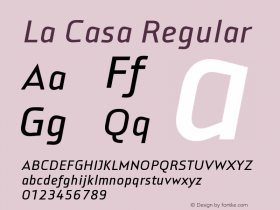











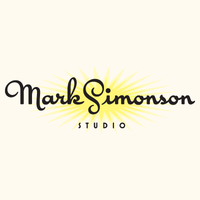

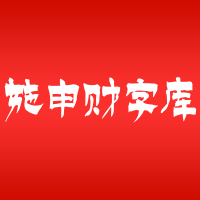
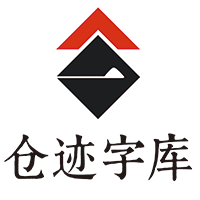

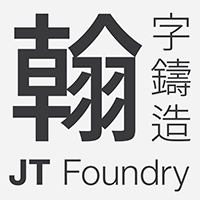
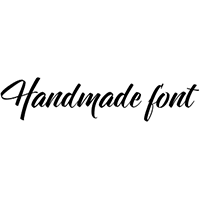
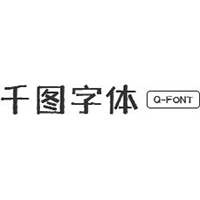
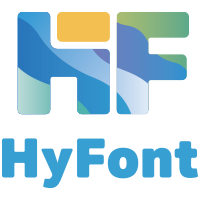


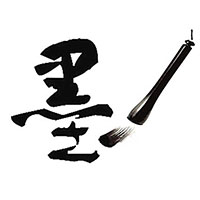





 闽公网安备35010202000240号
闽公网安备35010202000240号